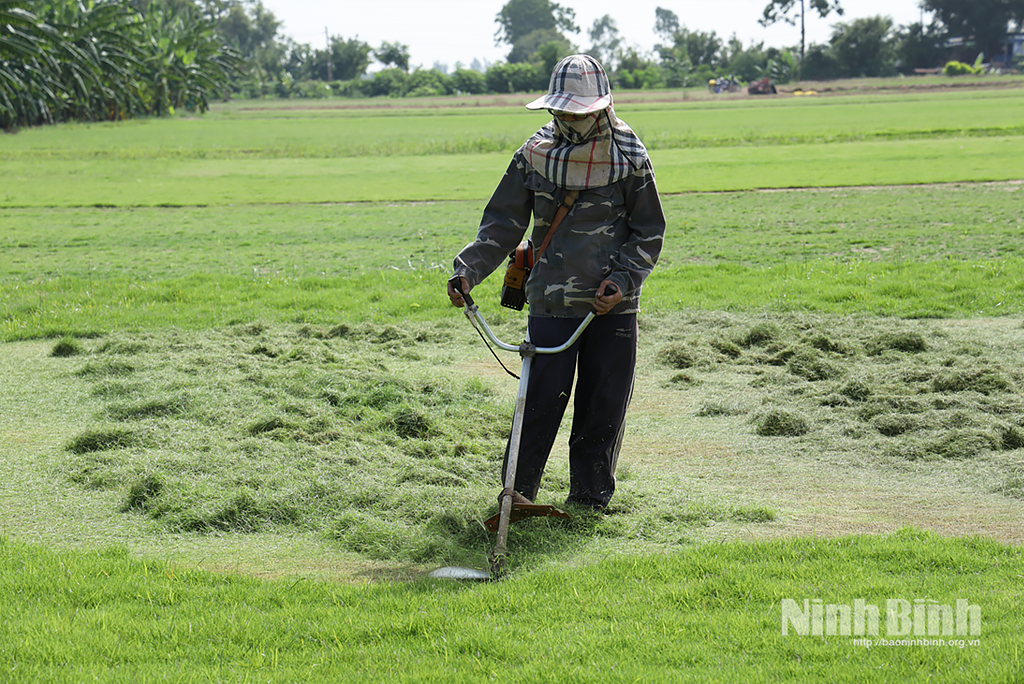
In 2011, some farmers, including Mr. Lam Van Tiu, brought Japanese grass back to try planting on their homeland. Suitable for the climate and soil, Japanese grass quickly grew, providing jobs and stable income for the people, "awakening" the economic potential of the entire vast alluvial plain.
Nearly 15 years ago, in the alluvial areas of the communes of Nam Thang, Nam Hong, Tan Thinh (now Nam Hong commune), people mainly grew mulberry to develop silkworm farming and weaving. Because the job of growing mulberry and silkworms was hard, people in the communes switched to growing corn, soybeans, etc., but their income was still very low. Many households then decided to abandon their fields and switch to livestock farming, which had a much higher economic value than growing crops, but it also caused environmental sanitation problems, affecting the living conditions of residential areas.
In 2011, some households in Dai An hamlet, old Nam Thang commune, brought Japanese grass for experimental planting. Initially, the plants grew well, bringing high economic efficiency. Since then, Japanese grass has been quickly expanded to neighboring communes, "covering" many areas of land in Nam Hong. With over 10 years of experience in growing Japanese grass with an area of over 1 hectare, Ms. Pham Thi Tuyen, Thang An hamlet said: "To grow Japanese grass, after preparing the soil, beds and drainage ditches, I just need to cut the grass into the ground with a distance of 3-5cm. To help the grass grow quickly, I add nitrogen fertilizer, ensure enough water, water twice a day in dry weather, once a day in cool weather so that the grass can grow and develop".
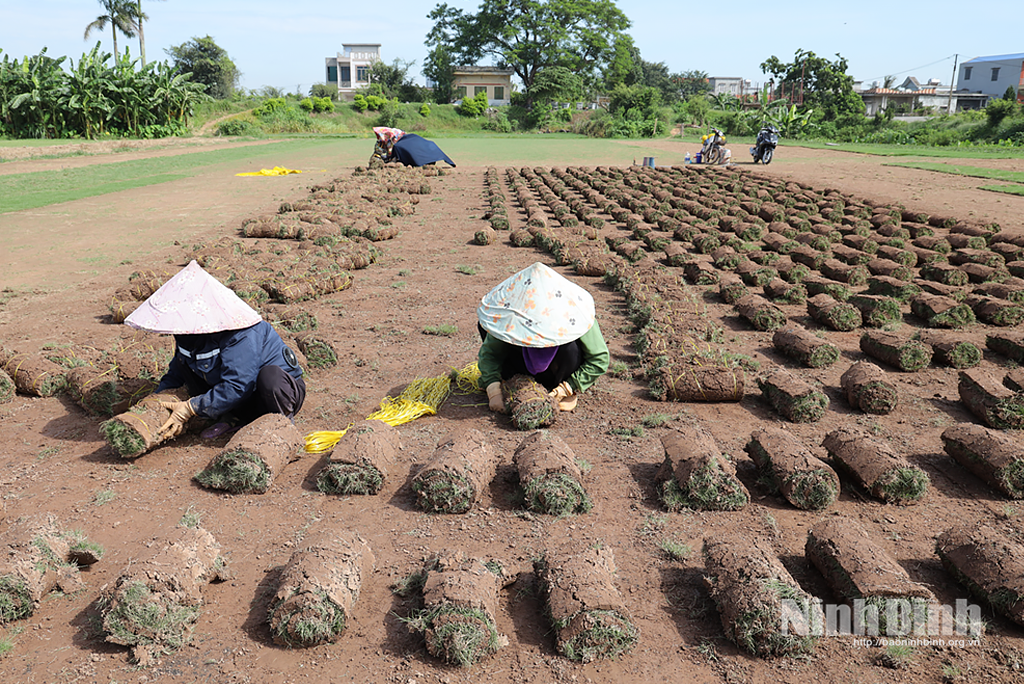
According to Ms. Tuyen, the most difficult step when planting and caring for Japanese grass is weeding. Weeds growing together with Japanese grass, if not removed promptly, will spread very quickly, overwhelm and "eat" all the nutrients of Japanese grass. Therefore, every few days, households growing Japanese grass have to go to the field to weed. In addition, Japanese grass can be susceptible to some diseases such as rice blast, green worms and parasitic worms, so during the planting process, Ms. Tuyen also pays great attention to preventing pests and diseases for the plant.
With proper care and procedures, Tuyen's Japanese grass field can yield up to three harvests a year. In particular, after harvesting, the grass will grow back from the roots underground, so Tuyen only has to buy seeds once. With a selling price of 18-25 thousand VND/m2, peaking at 30 thousand VND/m2 during Tet, after deducting expenses, Tuyen's family earns from 250-300 million VND/ha/year.
Growing Japanese grass, Nam Hong people are also very confident about the output because the domestic consumption market is open, the demand for decorative grass is increasing. "Compared to the traditional profession of growing mulberry to raise silkworms, growing corn in the past, growing Japanese grass brings about 20 times more income", Ms. Tuyen affirmed. Income from Japanese grass is stable, so more and more households in the commune are investing in planting. Some households are bold enough to bid for additional alluvial land areas of neighboring communes to grow Japanese grass. According to Ms. Tuyen's estimate, Nam Hong currently has several hundred households growing Japanese grass with a total area of up to more than 100 hectares. Small households also have about 5-7 sao of grass, large households can grow up to dozens of hectares.
The development of Japanese grass growing in Nam Hong also creates regular jobs for more than 1,000 workers in the commune. Grass growing households, in addition to taking care of their own grass fields, also work as extra jobs for other households. Nam Hong has currently established 15 grass harvesting teams, each team has an average of 5-7 people, some teams have up to 20 people. In addition to the grass harvesting team, the commune has about 7 teams specializing in carrying and transporting grass from the fields to the collection points. Each team undertakes different stages, so the income is also different. For workers who harvest grass, on average, they work 10-12 hours a day, receiving a salary of 370-420 thousand VND/person/day. Those who transport grass will have an income of 1-1.2 million VND/person/day.
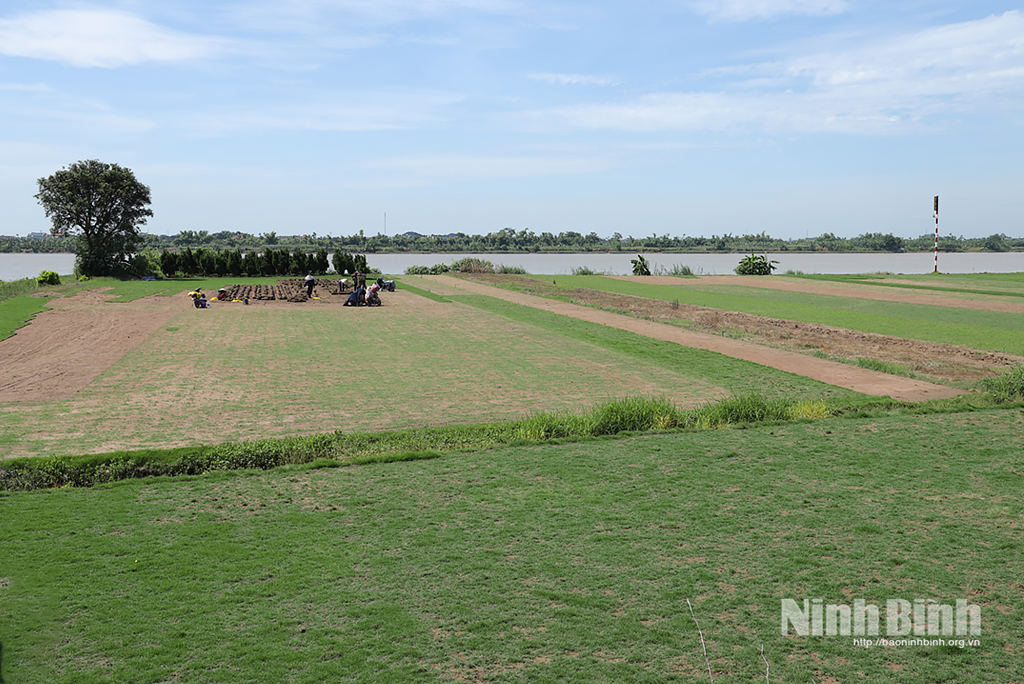
The July noon is full of sunshine, but on the vast, cool green grass fields in Nam Hong commune, the grass harvesting and transporting teams are still working hard. Leaving the fertile alluvial fields of the commune, the sound of motorbikes carrying grass resounds, the sound of people rushing to urge each other to "quickly, quickly" complete the morning work, every grass season is a "bumper harvest" season, helping the people here get rich, "awakening" the potential of the alluvial land.
Source: https://baoninhbinh.org.vn/danh-thuc-tiem-nang-kinh-te-vung-bai-boi-112639.htm



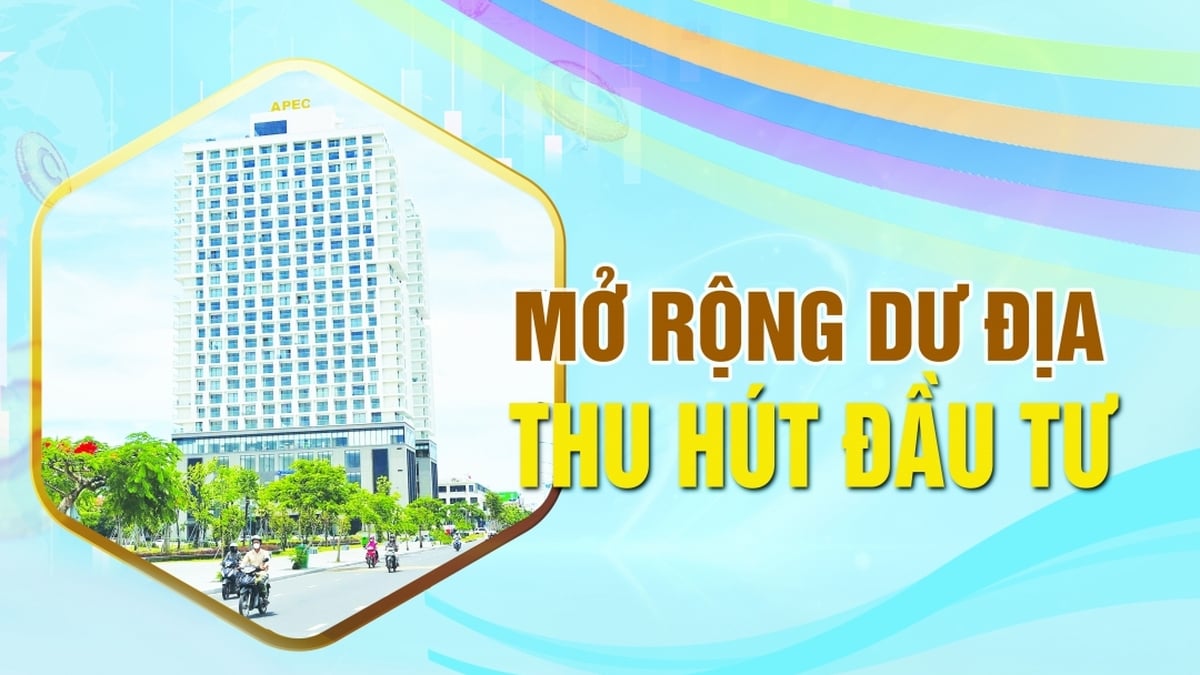
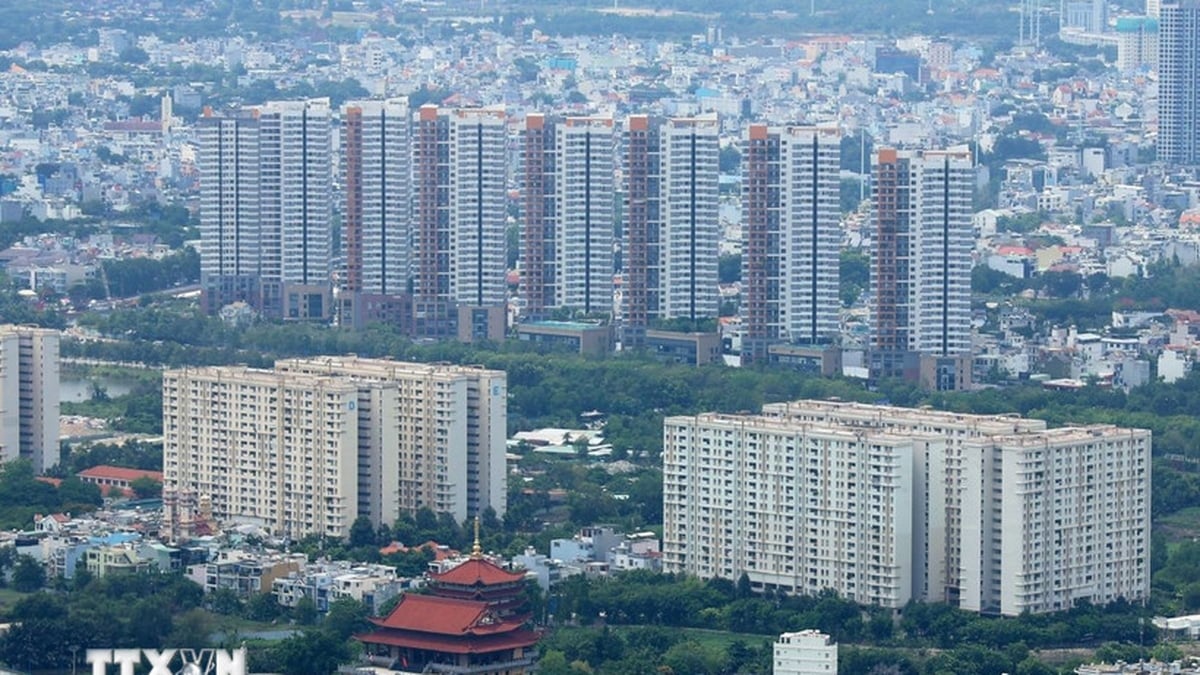
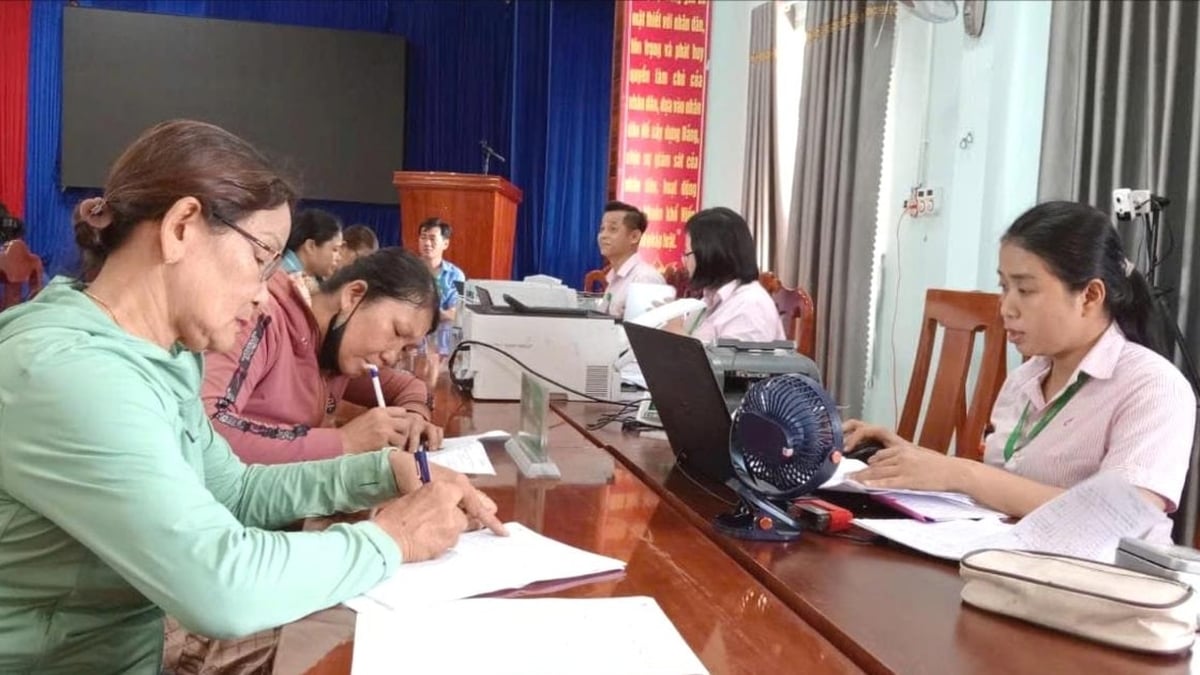

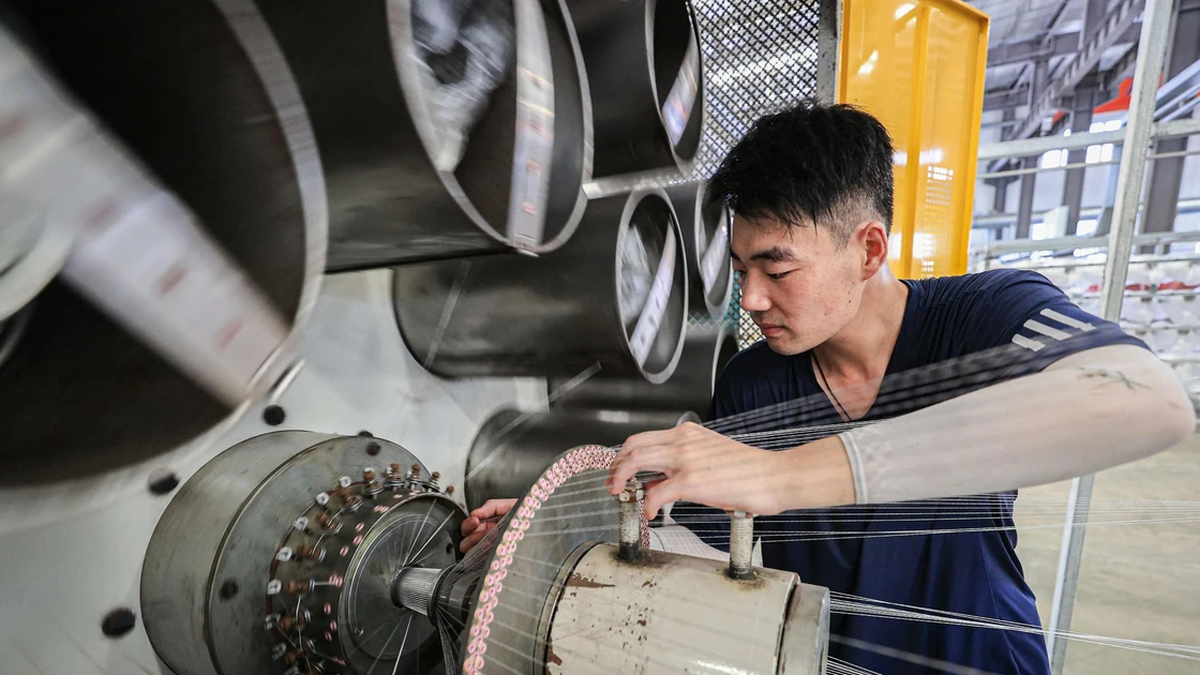
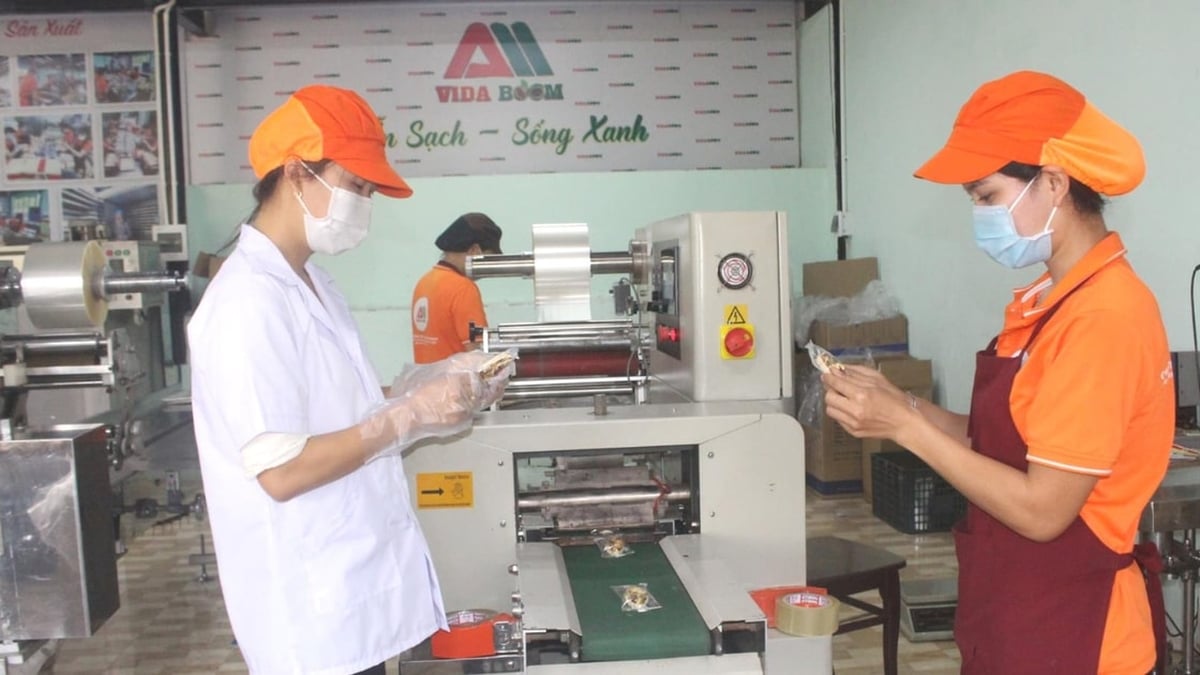


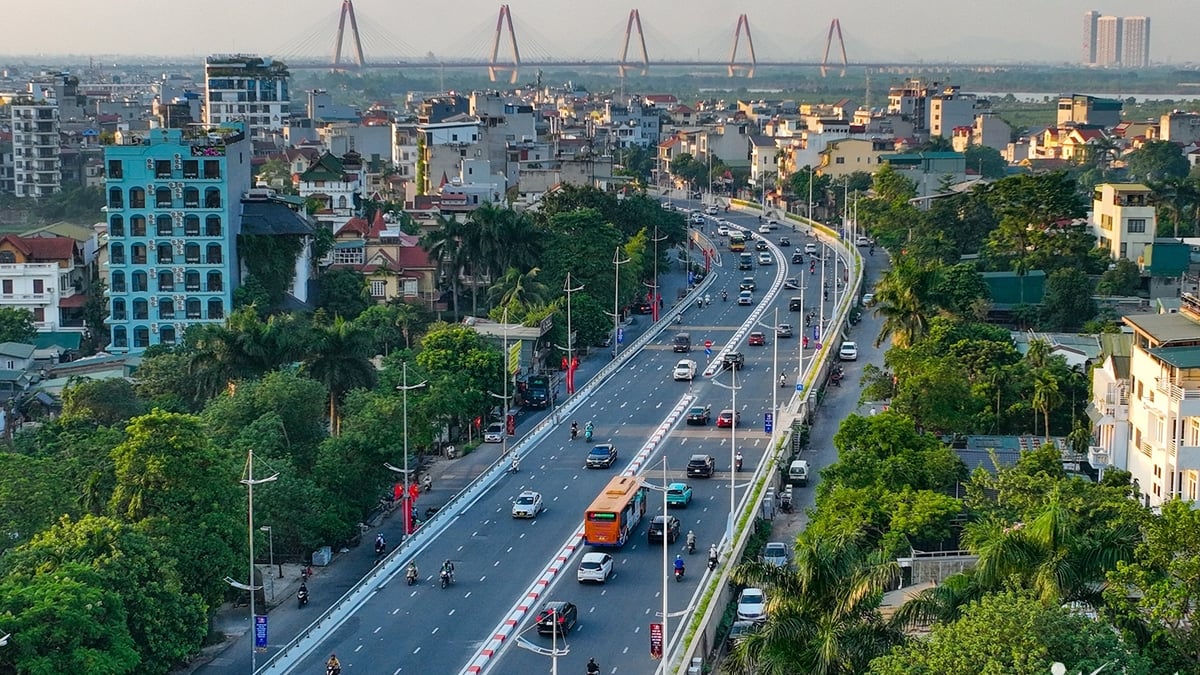



















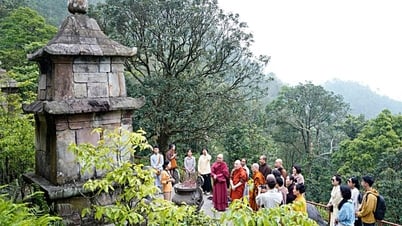











































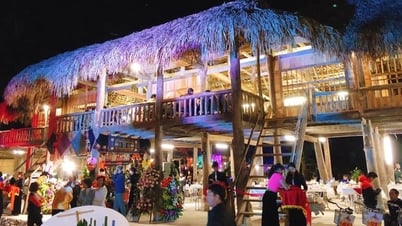


















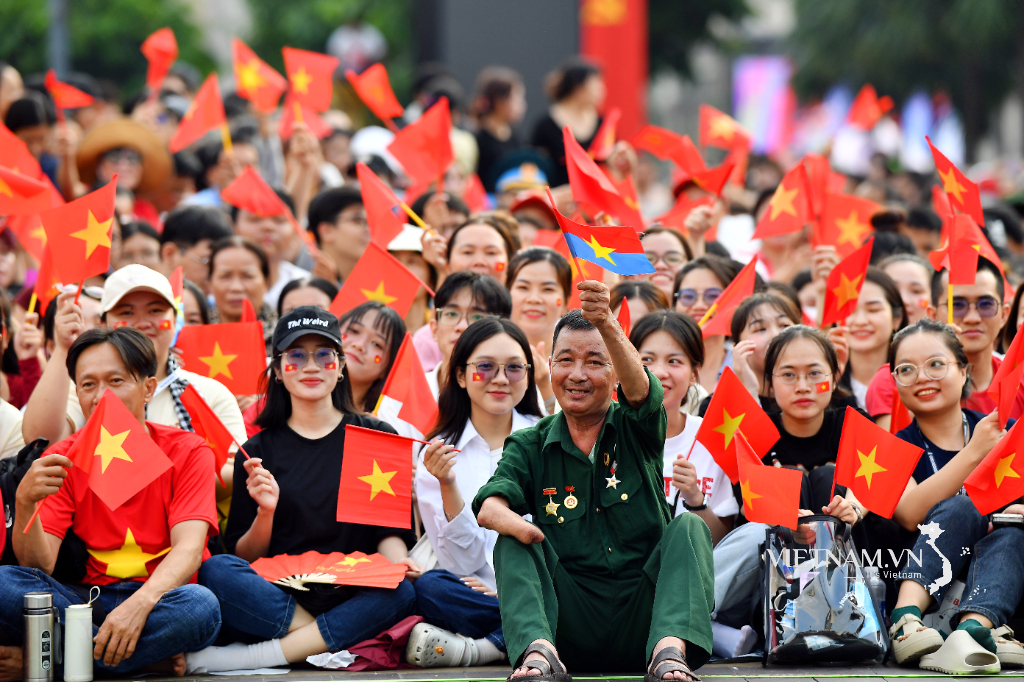



Comment (0)